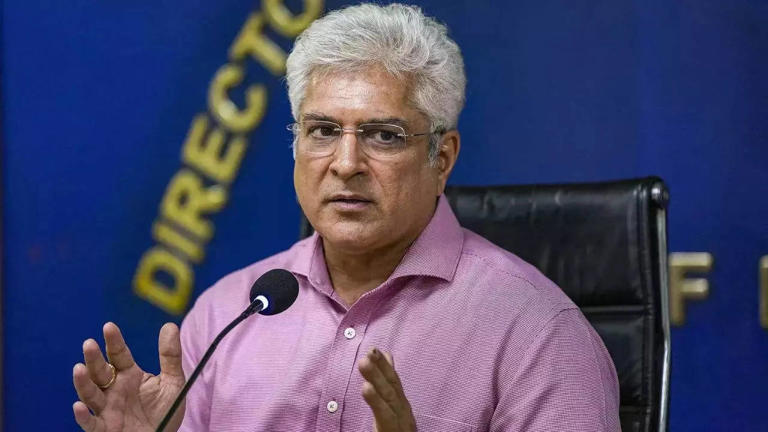Home / stories / The Vast Unknown: How Astronauts Have Conquered Near-Death Experiences in Space
The Vast Unknown: How Astronauts Have Conquered Near-Death Experiences in Space
By: My India Times
5 minutes read 102Updated At: 2025-03-20

Space is the ultimate test of human endurance, intelligence, and bravery. With no oxygen, extreme temperatures, and a vacuum that does not forgive even the smallest of errors, it remains one of the most hostile environments known to mankind. Despite the incredible risks, astronauts continue to venture beyond Earth, pushing the boundaries of exploration.
Since 1961, fewer than 600 humans have dared to travel beyond our planet. Each mission carries the possibility of catastrophic failure, where a single mechanical flaw or miscalculation can turn a routine journey into a desperate struggle for survival. Yet, history is filled with incredible space survival stories where human ingenuity, rigorous training, and sheer determination have turned the tide against seemingly insurmountable odds. These are five of the greatest tales of survival in space, proving that even in the face of danger, the human spirit remains unbreakable.
Yuri Gagarin's Deadly Descent: The First Man in Space Faces a Near-Fatal Re-Entry
On April 12, 1961, Yuri Gagarin became the first human to journey into space aboard the Soviet spacecraft Vostok 1. His mission lasted just 108 minutes but changed history forever. However, what many do not know is that his return to Earth nearly ended in disaster.
As Vostok 1 began its descent, a serious malfunction occurred—the service module failed to detach properly from the command module. This caused an imbalance, sending the spacecraft into a violent spin. Without modern onboard computers or AI to assist him, Gagarin had to rely on his training and resilience.
The heat from re-entry eventually burned through the faulty connection, allowing the modules to separate and stabilize. But another challenge awaited him—Vostok 1 had no landing system. At an altitude of 7 km, Gagarin ejected from the capsule and parachuted to the ground, safely landing near the Volga River. Against all odds, the first human in space had survived one of the most perilous re-entries in history.
Alexei Leonov’s Spacewalk Nightmare: From Floating Glory to Near Death in the Vacuum of Space
Four years after Gagarin’s historic flight, the Soviet Union sought to take another monumental leap—conducting the world’s first spacewalk. On March 18, 1965, cosmonaut Alexei Leonov stepped out of the Voskhod-2 spacecraft, tethered only by a thin cable, and became the first human to float freely in space. However, what should have been a triumphant moment quickly turned into a life-threatening ordeal.
Leonov’s spacesuit expanded due to the vacuum of space, making it nearly impossible for him to fit back into the airlock. With no precedent for such an emergency, there were no protocols to follow. Thinking fast, Leonov took the enormous risk of depressurizing his suit, reducing his oxygen levels to dangerous lows.
His gamble worked—he squeezed back inside the capsule just in time. But his troubles were far from over. During re-entry, their spacecraft’s autopilot system failed, forcing the cosmonauts to manually pilot their descent. They crash-landed in the middle of a remote Siberian forest, surrounded by hungry wolves and a raging snowstorm. It took rescuers two days to reach them, but Leonov and his crewmate had survived one of the most dramatic space missions in history.
The Salyut 7 Rescue Mission: Reviving a Frozen Space Station in a Daring Feat
In 1985, the Soviet space station Salyut 7 mysteriously stopped responding to mission control. A severe power failure had turned it into a lifeless, frozen hulk drifting in orbit. With temperatures dropping below -20°C inside, all systems had shut down. Rather than abandoning the station, Soviet space engineers decided on an unprecedented rescue mission.
Cosmonauts Vladimir Dzhanibekov and Viktor Savinykh launched aboard Soyuz T-13 on June 6, 1985. Unlike normal docking procedures where the station assists, Salyut 7 was completely dead, meaning the cosmonauts had to manually match their spacecraft’s movement with the drifting station—an incredibly risky maneuver.
Against all odds, they successfully docked and entered the frozen station, where instruments were covered in frost, pipes had burst, and electronics were unusable. Working tirelessly in darkness, they gradually restored power, heat, and communications, bringing Salyut 7 back to life after 10 grueling days. This daring mission remains one of the most remarkable space rescues ever attempted.
The ISS Ammonia Leak Emergency: A Race Against Time to Prevent Disaster
In May 2013, astronaut Chris Hadfield noticed something unusual outside the International Space Station (ISS)—tiny white particles resembling snowflakes drifting away. These weren’t ice crystals; they were ammonia particles leaking from the station’s cooling system, a critical component for regulating power and temperature.
NASA engineers quickly identified the source of the leak—a failing pump. With no time to lose, an emergency spacewalk was scheduled, despite minimal preparation time. Just two days later, astronauts Chris Cassidy and Tom Marshburn conducted the high-risk repair mission.
Working quickly in the vacuum of space, they removed the damaged pump and replaced it with a new one. Once powered on, the leak stopped, and the ISS was saved. This operation remains one of the fastest-planned and executed spacewalks in history, showcasing the rapid problem-solving abilities of both astronauts and mission control teams.
Apollo 13: The Greatest Space Survival Story Ever Told
On April 11, 1970, Apollo 13 launched toward the Moon with astronauts Jim Lovell, Jack Swigert, and Fred Haise onboard. Their mission was to land near the Fra Mauro Crater, but just 55 hours into the flight, disaster struck.
An oxygen tank explosion crippled the spacecraft, cutting off power and life-support systems. The crew was forced to abandon their Moon landing and focus on survival. They moved into the lunar module, Aquarius, which became their temporary lifeboat. However, a new crisis emerged—dangerous carbon dioxide levels were building up due to a lack of proper filtration.
NASA engineers on Earth devised a life-saving solution using only the materials available on the spacecraft. With duct tape, plastic bags, and a flight manual, the astronauts built a makeshift filtration system that kept them alive. After four days of tense maneuvering and careful rationing of resources, Apollo 13 safely re-entered Earth’s atmosphere and splashed down in the Pacific Ocean. Though they never reached the Moon, their mission became a legendary testament to human ingenuity and perseverance.
Final Thoughts: The Indomitable Spirit of Space Explorers
Space remains one of the most hostile and dangerous frontiers, but the courage and ingenuity of astronauts continue to push the boundaries of human exploration. These five stories remind us that even in the direst situations, quick thinking, rigorous training, and sheer determination can make the difference between life and death.
With each mission, we learn more about overcoming the impossible, ensuring that future explorers are better prepared to face whatever the cosmos throws their way. The human spirit, tested in the vastness of space, proves time and again that survival is not just about technology—it is about the unwavering will to defy the odds and return home.
....
Space is the ultimate test of human endurance, intelligence, and bravery. With no oxygen, extreme temperatures, and a vacuum that does not forgive even the smallest of errors, it remains one of the most hostile environments known to mankind. Despite the incredible risks, astronauts continue to venture beyond Earth, pushing the boundaries of exploration.
Since 1961, fewer than 600 humans have dared to travel beyond our planet. Each mission carries the possibility of catastrophic failure, where a single mechanical flaw or miscalculation can turn a routine journey into a desperate struggle for survival. Yet, history is filled with incredible space survival stories where human ingenuity, rigorous training, and sheer determination have turned the tide against seemingly insurmountable odds. These are five of the greatest tales of survival in space, proving that even in the face of danger, the human spirit remains unbreakable.
Yuri Gagarin's Deadly Descent: The First Man in Space Faces a Near-Fatal Re-Entry
On April 12, 1961, Yuri Gagarin became the first human to journey into space aboard the Soviet spacecraft Vostok 1. His mission lasted just 108 minutes but changed history forever. However, what many do not know is that his return to Earth nearly ended in disaster.
As Vostok 1 began its descent, a serious malfunction occurred—the service module failed to detach properly from the command module. This caused an imbalance, sending the spacecraft into a violent spin. Without modern onboard computers or AI to assist him, Gagarin had to rely on his training and resilience.
The heat from re-entry eventually burned through the faulty connection, allowing the modules to separate and stabilize. But another challenge awaited him—Vostok 1 had no landing system. At an altitude of 7 km, Gagarin ejected from the capsule and parachuted to the ground, safely landing near the Volga River. Against all odds, the first human in space had survived one of the most perilous re-entries in history.
Alexei Leonov’s Spacewalk Nightmare: From Floating Glory to Near Death in the Vacuum of Space
Four years after Gagarin’s historic flight, the Soviet Union sought to take another monumental leap—conducting the world’s first spacewalk. On March 18, 1965, cosmonaut Alexei Leonov stepped out of the Voskhod-2 spacecraft, tethered only by a thin cable, and became the first human to float freely in space. However, what should have been a triumphant moment quickly turned into a life-threatening ordeal.
Leonov’s spacesuit expanded due to the vacuum of space, making it nearly impossible for him to fit back into the airlock. With no precedent for such an emergency, there were no protocols to follow. Thinking fast, Leonov took the enormous risk of depressurizing his suit, reducing his oxygen levels to dangerous lows.
His gamble worked—he squeezed back inside the capsule just in time. But his troubles were far from over. During re-entry, their spacecraft’s autopilot system failed, forcing the cosmonauts to manually pilot their descent. They crash-landed in the middle of a remote Siberian forest, surrounded by hungry wolves and a raging snowstorm. It took rescuers two days to reach them, but Leonov and his crewmate had survived one of the most dramatic space missions in history.
The Salyut 7 Rescue Mission: Reviving a Frozen Space Station in a Daring Feat
In 1985, the Soviet space station Salyut 7 mysteriously stopped responding to mission control. A severe power failure had turned it into a lifeless, frozen hulk drifting in orbit. With temperatures dropping below -20°C inside, all systems had shut down. Rather than abandoning the station, Soviet space engineers decided on an unprecedented rescue mission.
Cosmonauts Vladimir Dzhanibekov and Viktor Savinykh launched aboard Soyuz T-13 on June 6, 1985. Unlike normal docking procedures where the station assists, Salyut 7 was completely dead, meaning the cosmonauts had to manually match their spacecraft’s movement with the drifting station—an incredibly risky maneuver.
Against all odds, they successfully docked and entered the frozen station, where instruments were covered in frost, pipes had burst, and electronics were unusable. Working tirelessly in darkness, they gradually restored power, heat, and communications, bringing Salyut 7 back to life after 10 grueling days. This daring mission remains one of the most remarkable space rescues ever attempted.
The ISS Ammonia Leak Emergency: A Race Against Time to Prevent Disaster
In May 2013, astronaut Chris Hadfield noticed something unusual outside the International Space Station (ISS)—tiny white particles resembling snowflakes drifting away. These weren’t ice crystals; they were ammonia particles leaking from the station’s cooling system, a critical component for regulating power and temperature.
NASA engineers quickly identified the source of the leak—a failing pump. With no time to lose, an emergency spacewalk was scheduled, despite minimal preparation time. Just two days later, astronauts Chris Cassidy and Tom Marshburn conducted the high-risk repair mission.
Working quickly in the vacuum of space, they removed the damaged pump and replaced it with a new one. Once powered on, the leak stopped, and the ISS was saved. This operation remains one of the fastest-planned and executed spacewalks in history, showcasing the rapid problem-solving abilities of both astronauts and mission control teams.
Apollo 13: The Greatest Space Survival Story Ever Told
On April 11, 1970, Apollo 13 launched toward the Moon with astronauts Jim Lovell, Jack Swigert, and Fred Haise onboard. Their mission was to land near the Fra Mauro Crater, but just 55 hours into the flight, disaster struck.
An oxygen tank explosion crippled the spacecraft, cutting off power and life-support systems. The crew was forced to abandon their Moon landing and focus on survival. They moved into the lunar module, Aquarius, which became their temporary lifeboat. However, a new crisis emerged—dangerous carbon dioxide levels were building up due to a lack of proper filtration.
NASA engineers on Earth devised a life-saving solution using only the materials available on the spacecraft. With duct tape, plastic bags, and a flight manual, the astronauts built a makeshift filtration system that kept them alive. After four days of tense maneuvering and careful rationing of resources, Apollo 13 safely re-entered Earth’s atmosphere and splashed down in the Pacific Ocean. Though they never reached the Moon, their mission became a legendary testament to human ingenuity and perseverance.
Final Thoughts: The Indomitable Spirit of Space Explorers
Space remains one of the most hostile and dangerous frontiers, but the courage and ingenuity of astronauts continue to push the boundaries of human exploration. These five stories remind us that even in the direst situations, quick thinking, rigorous training, and sheer determination can make the difference between life and death.
With each mission, we learn more about overcoming the impossible, ensuring that future explorers are better prepared to face whatever the cosmos throws their way. The human spirit, tested in the vastness of space, proves time and again that survival is not just about technology—it is about the unwavering will to defy the odds and return home.
By: My India Times
Updated At: 2025-03-20
Tags: stories News | My India Times News | Trending News | Travel News
Join our WhatsApp Channel

















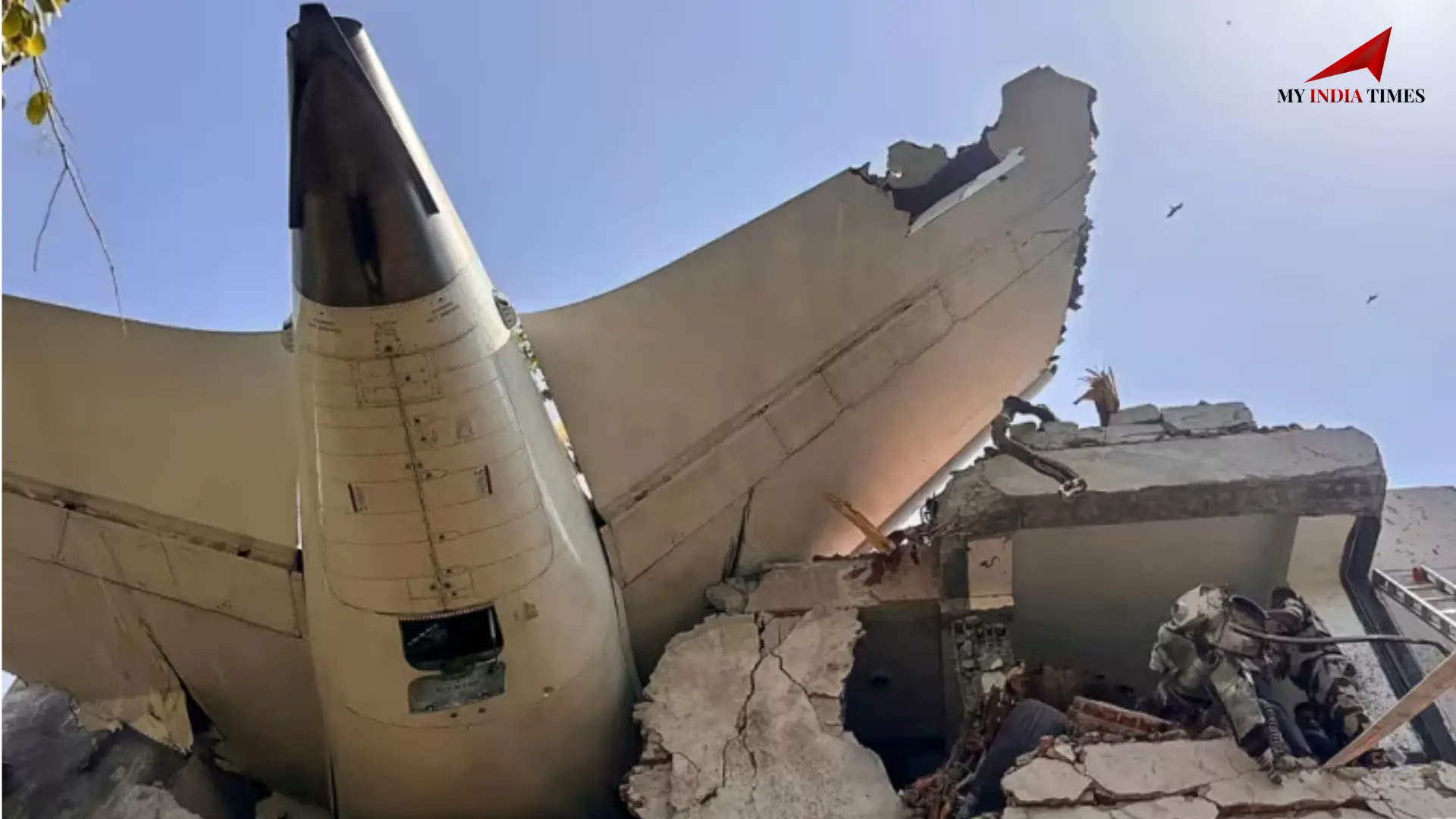




















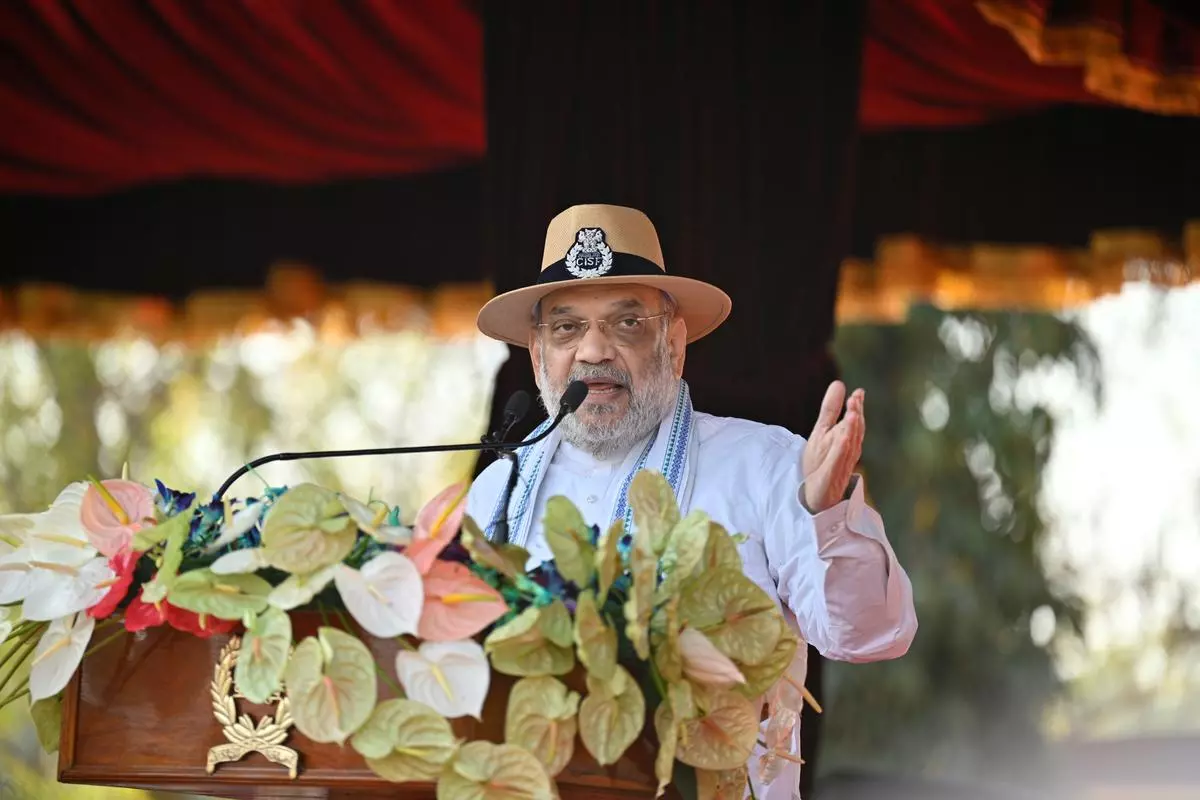



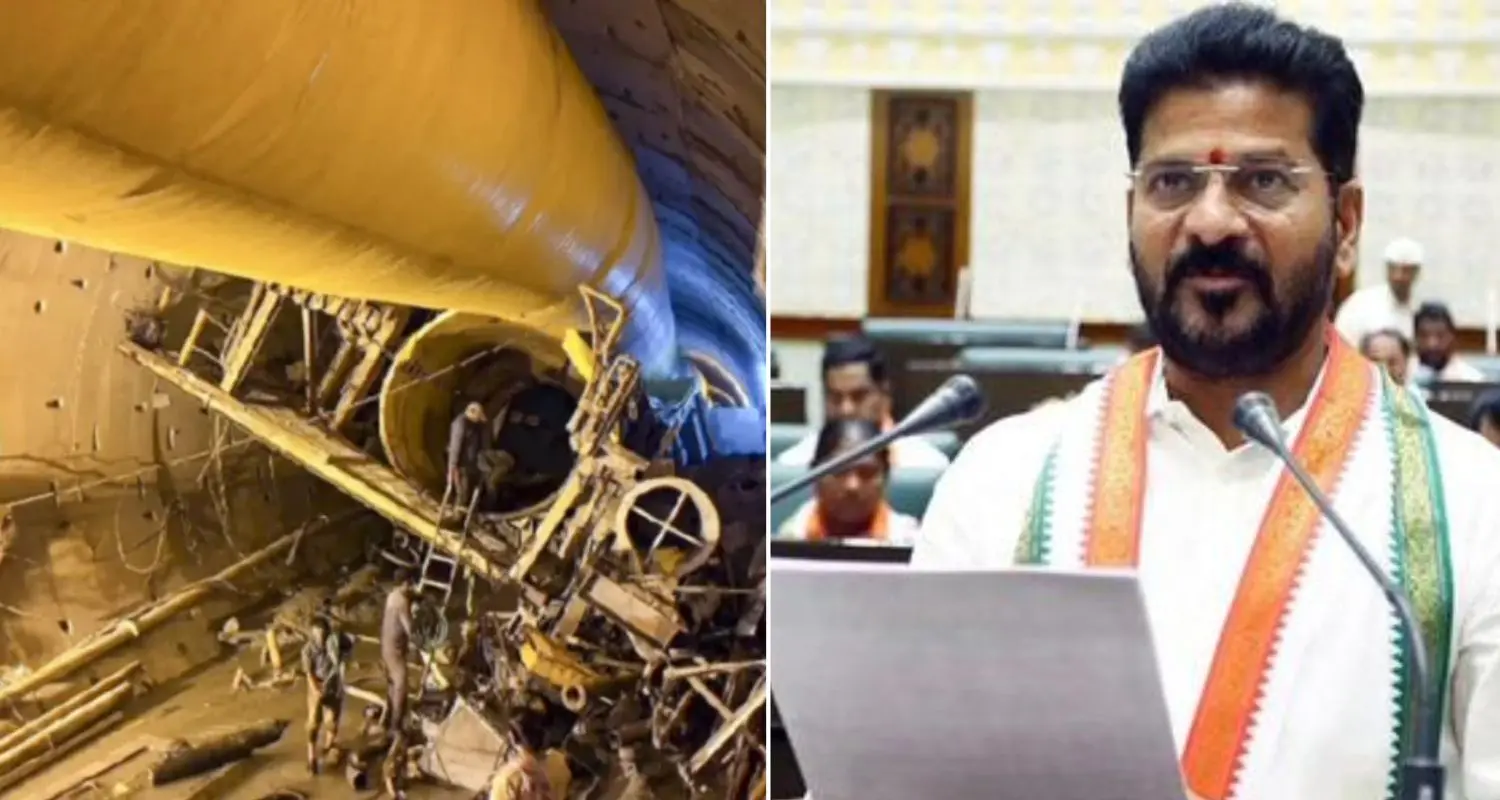


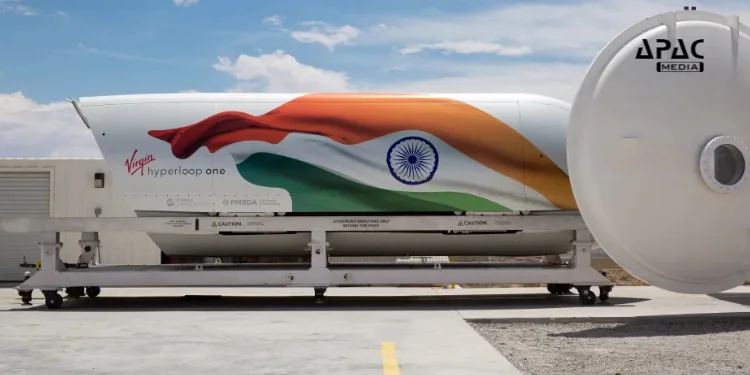



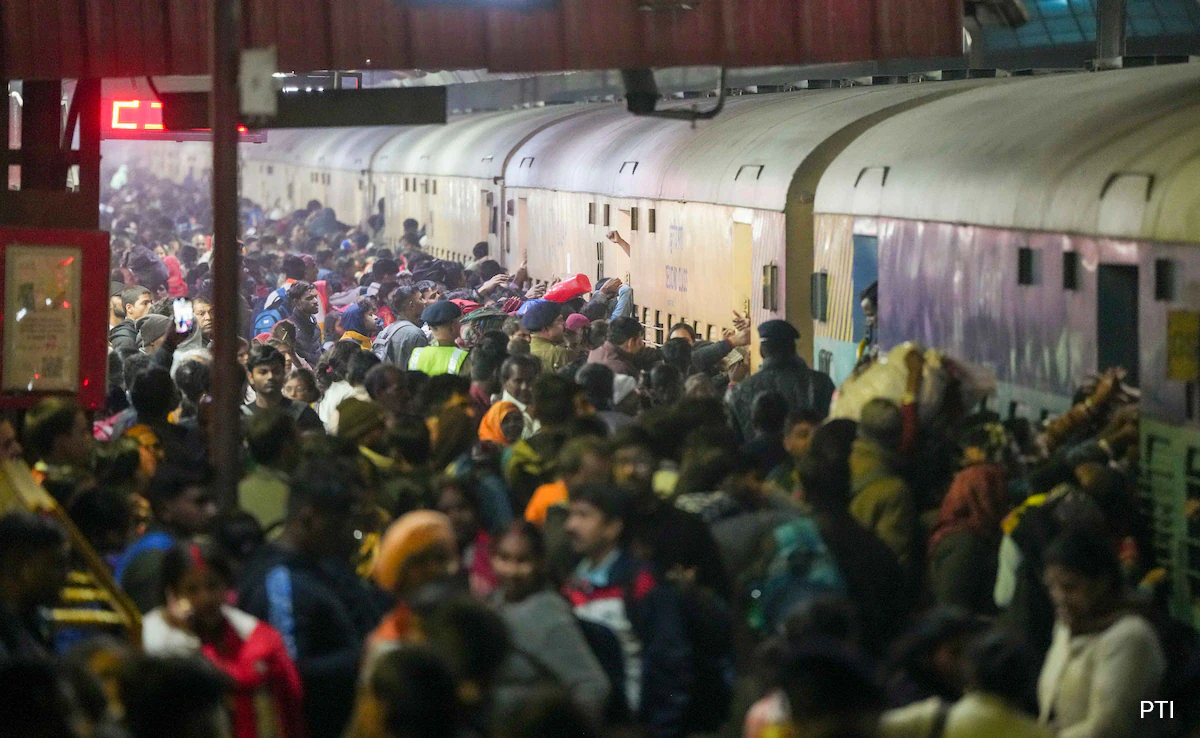
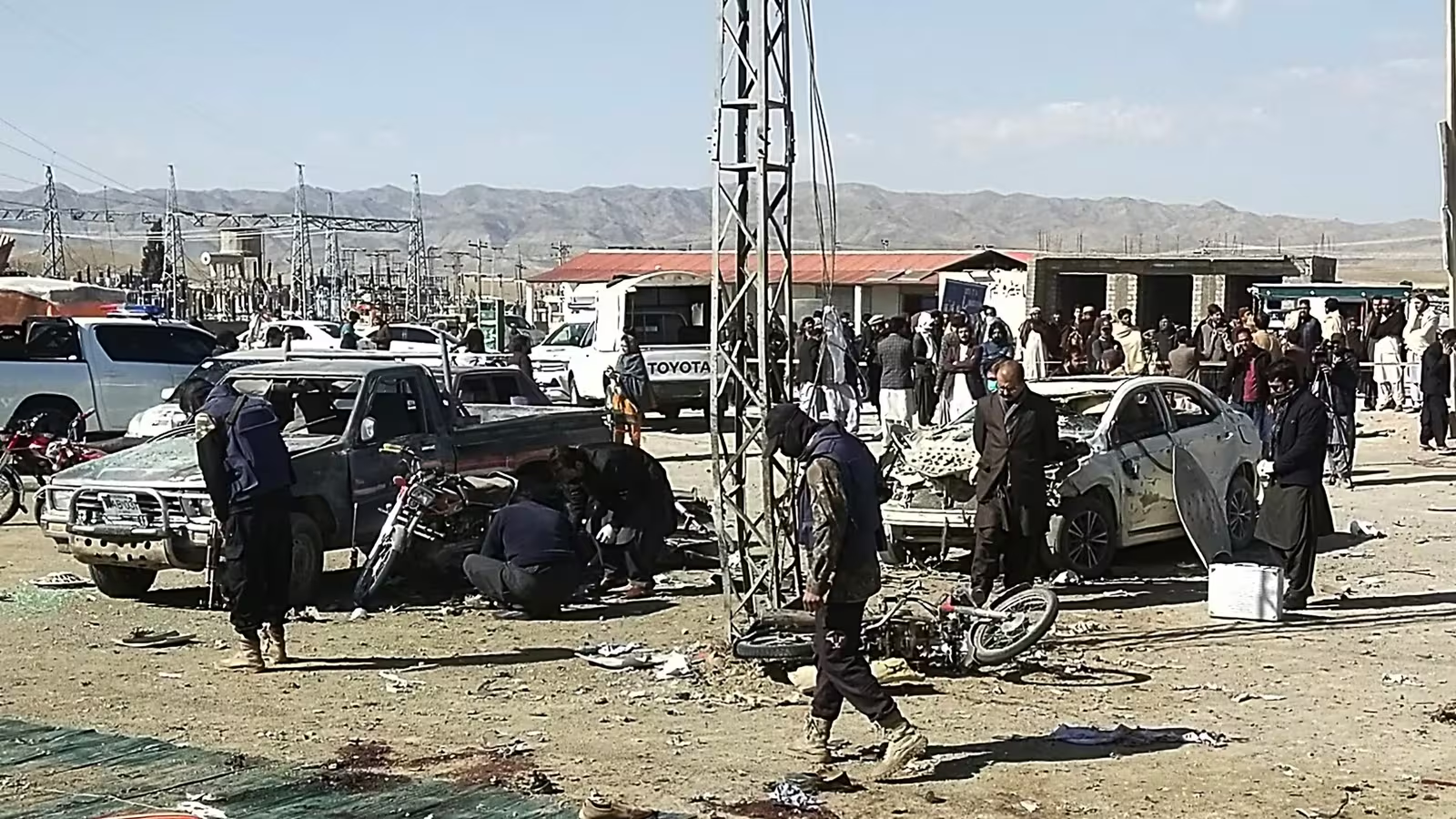

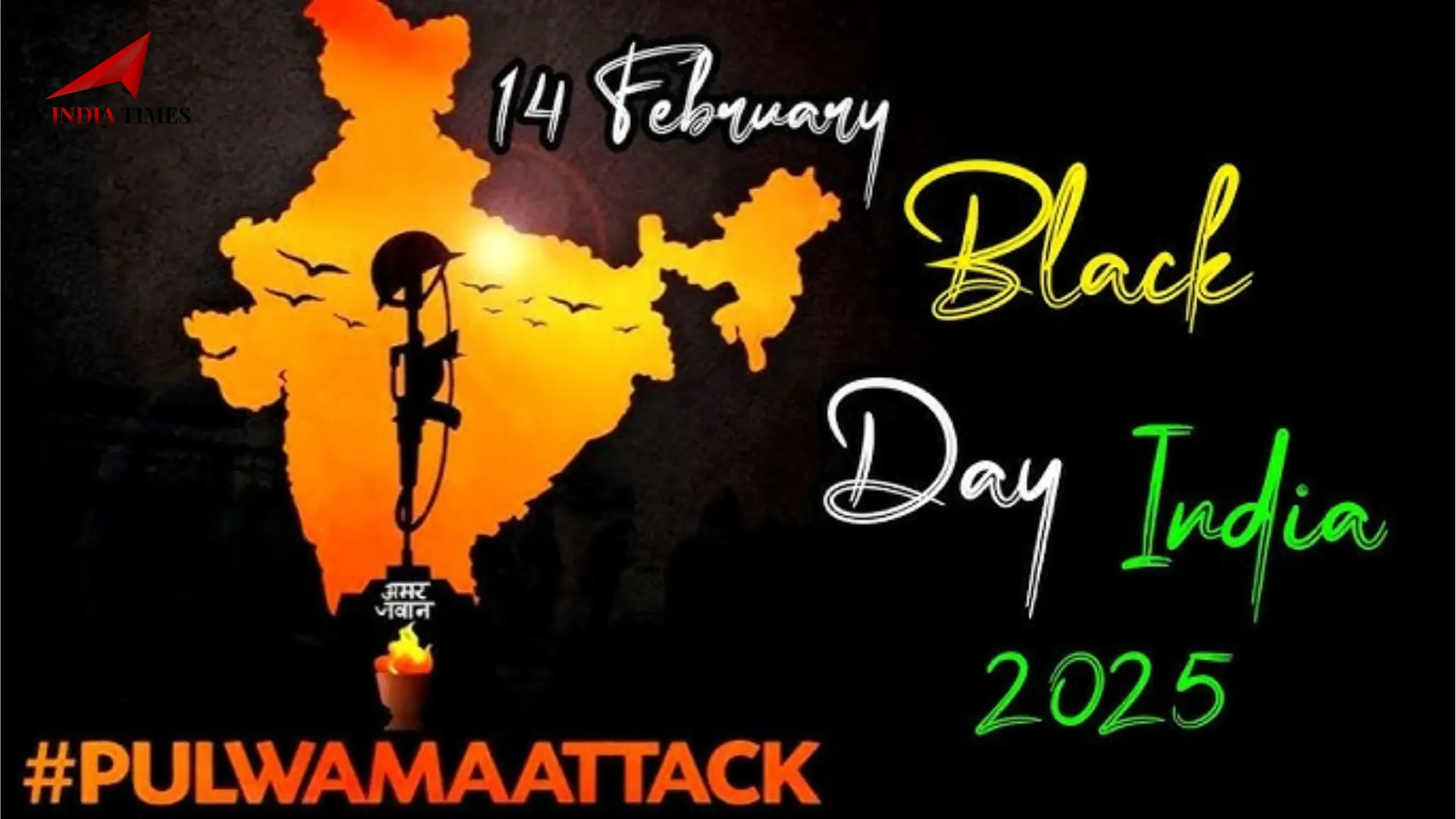

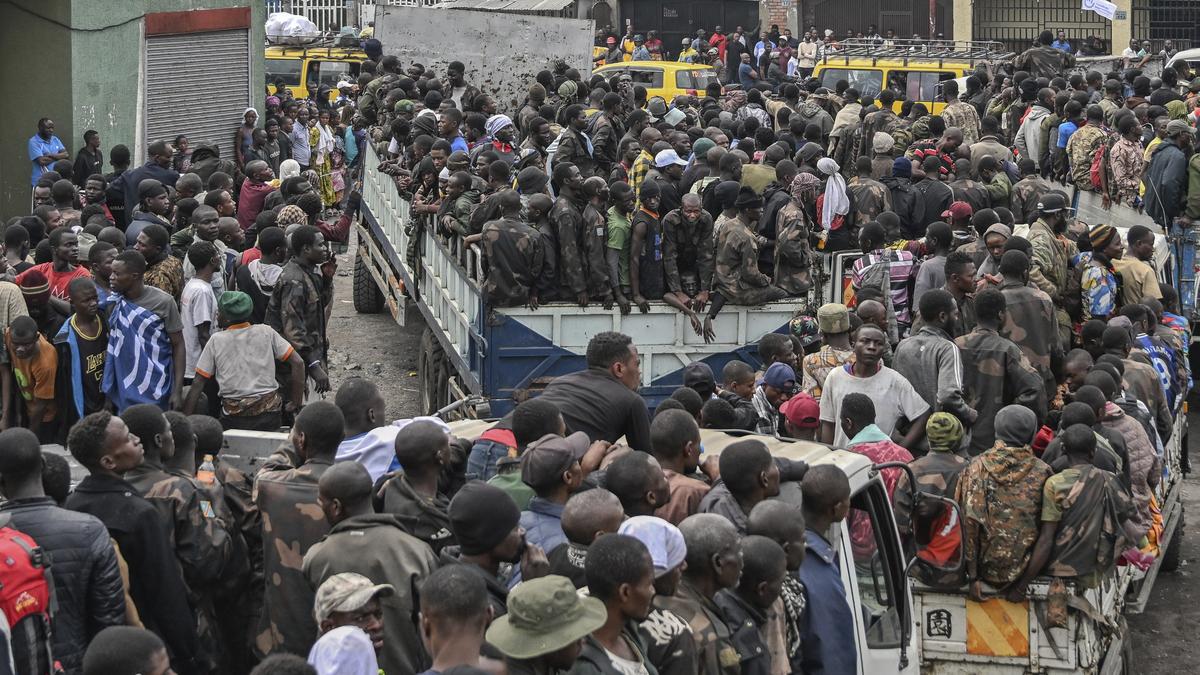
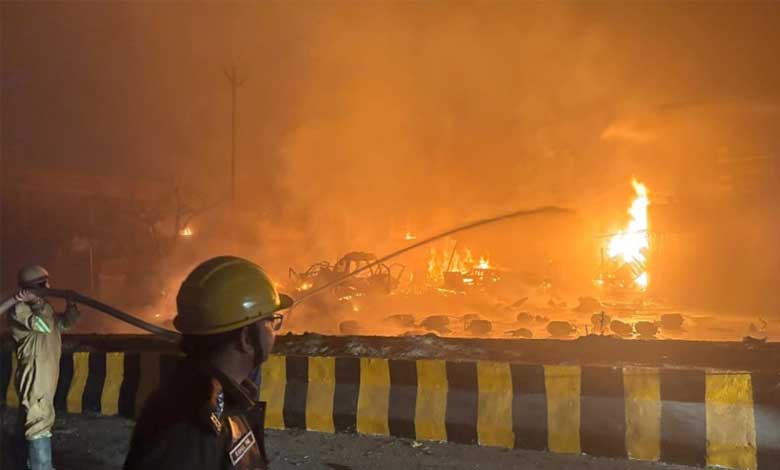



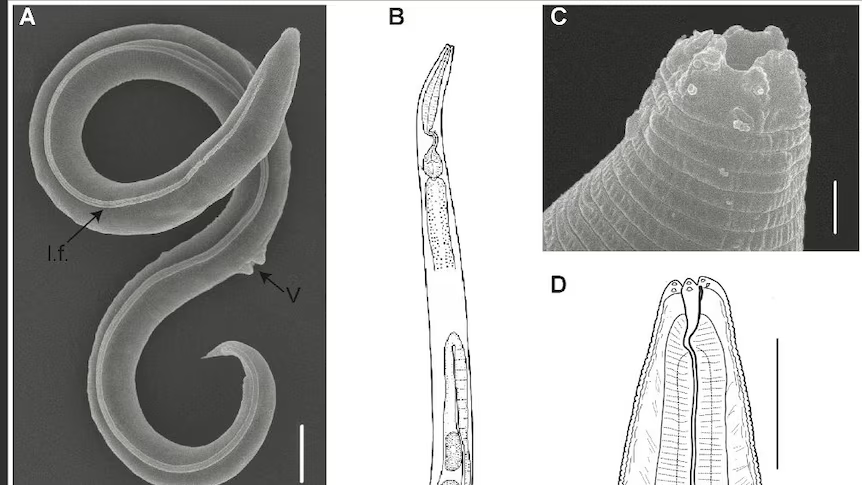








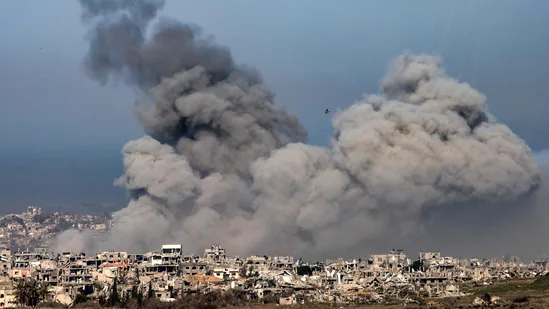
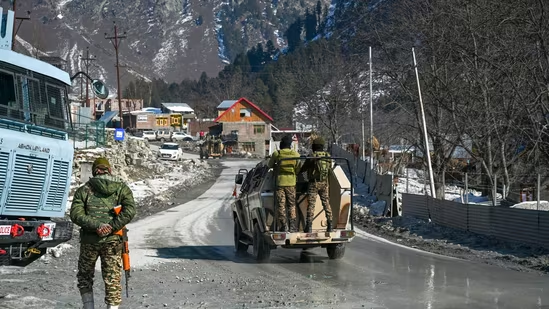



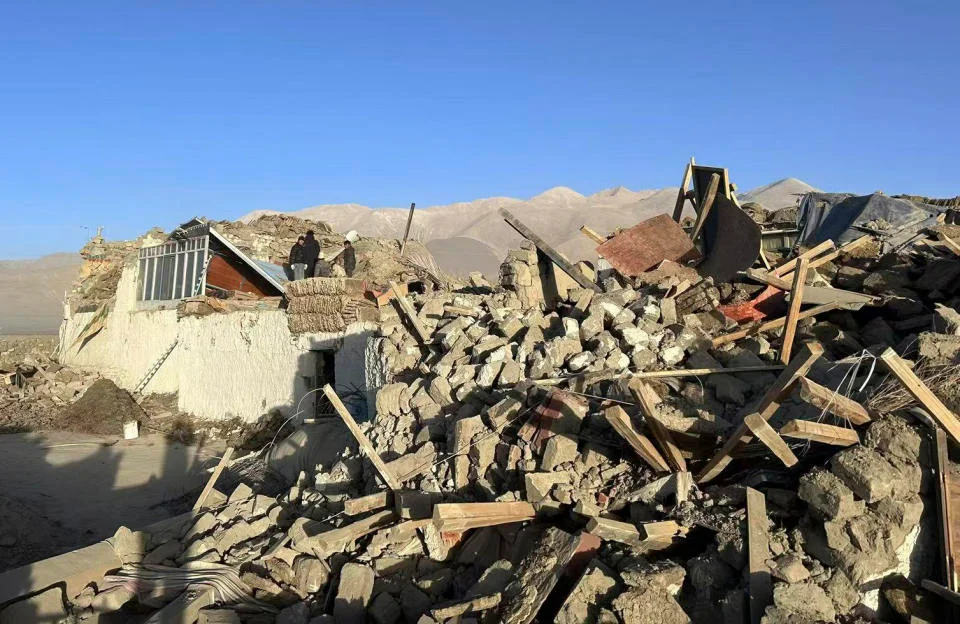



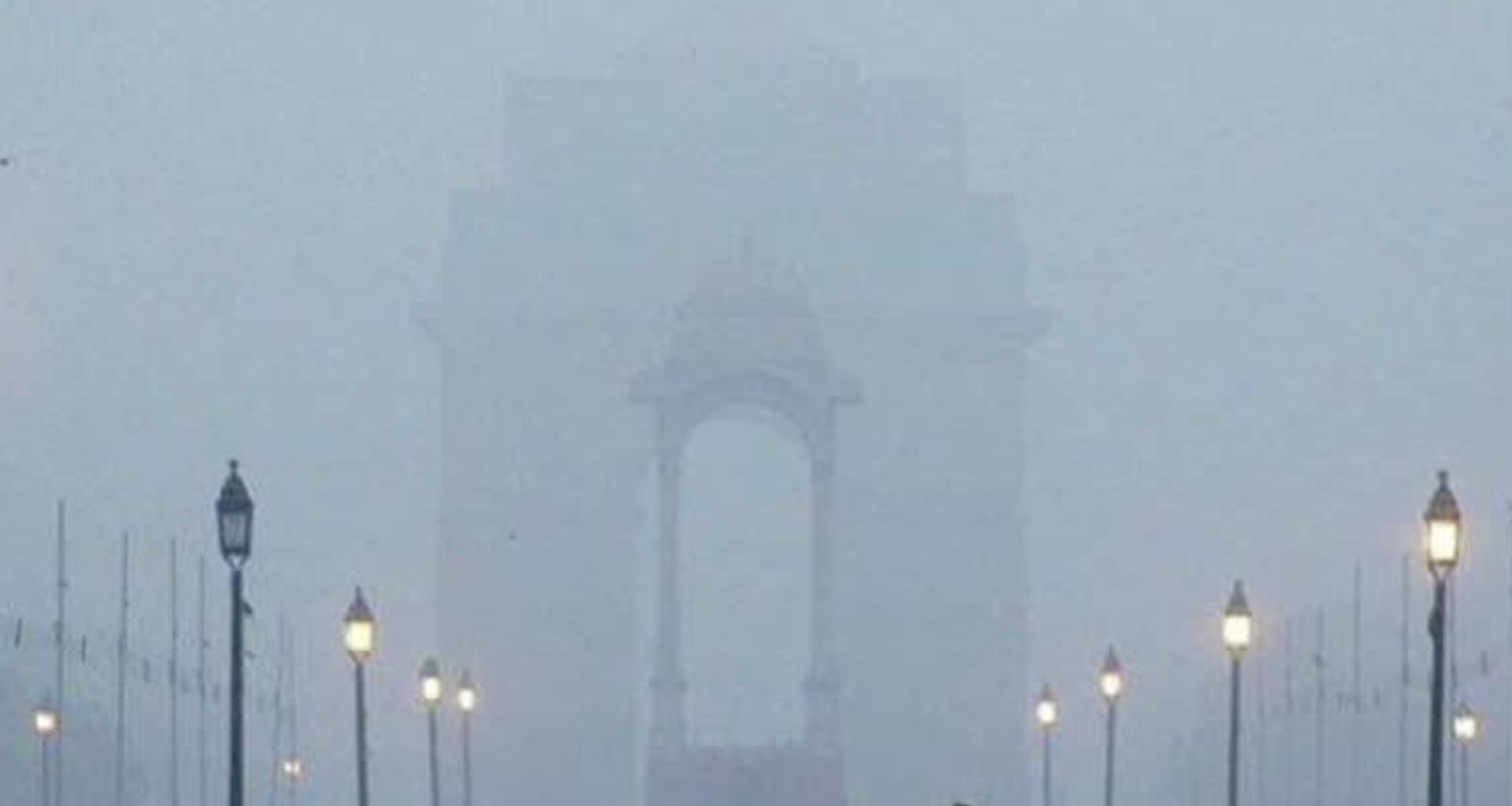
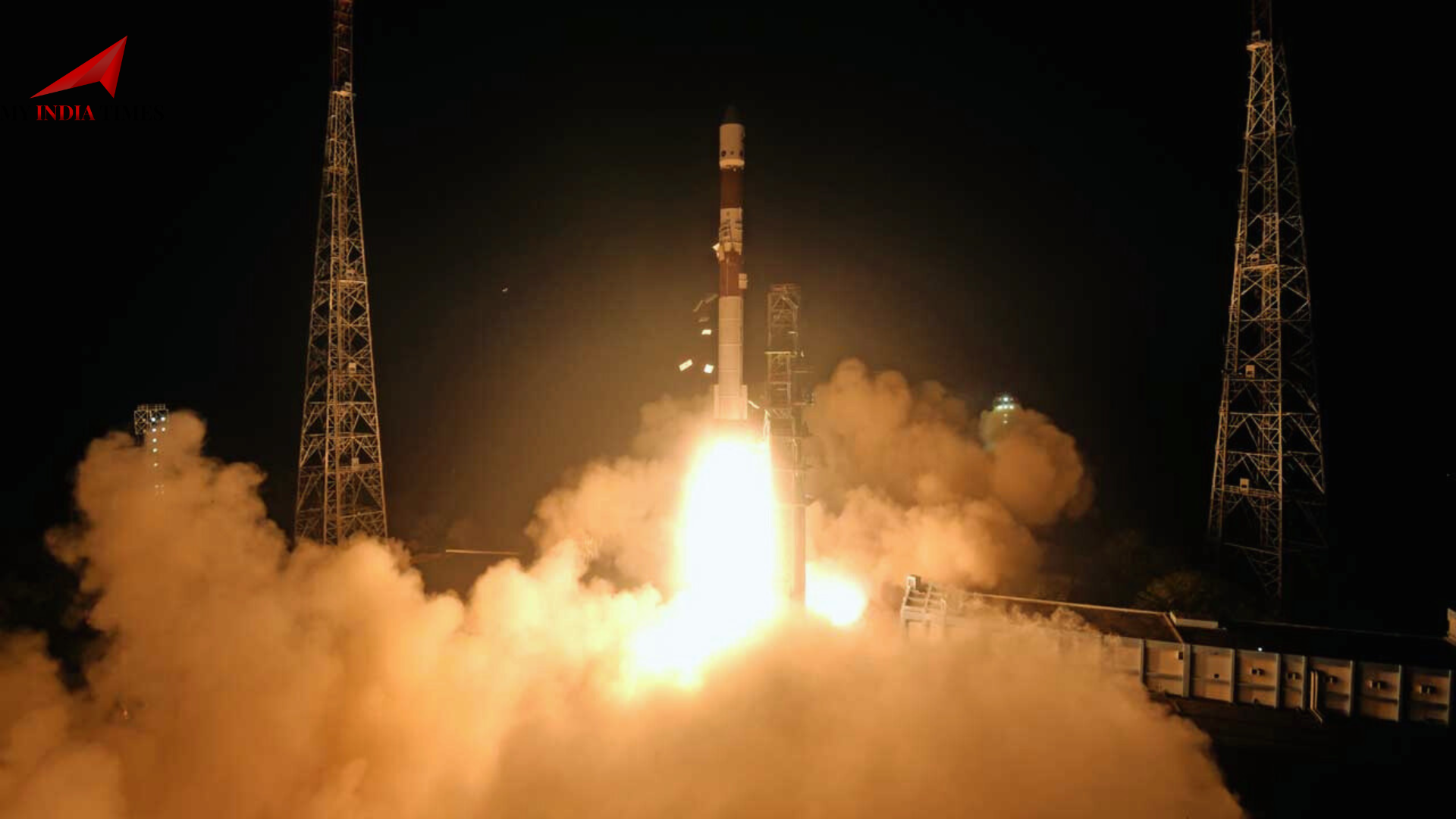
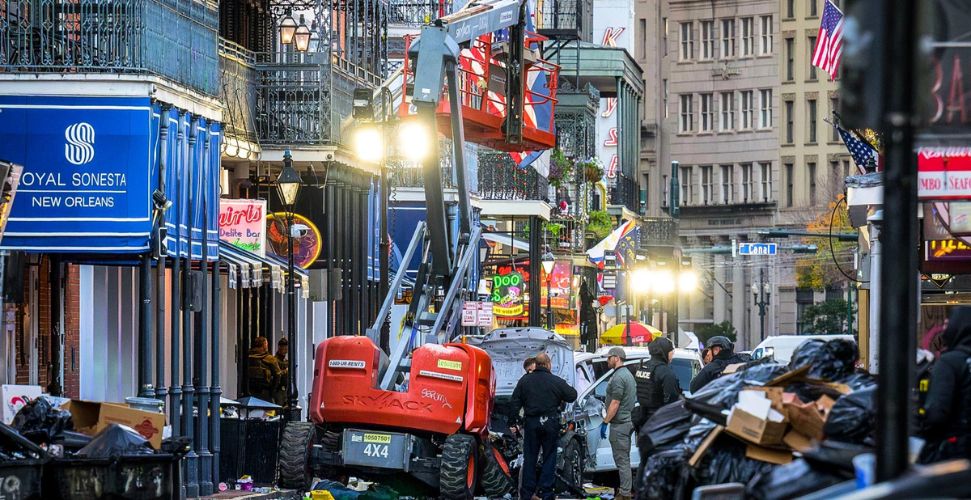


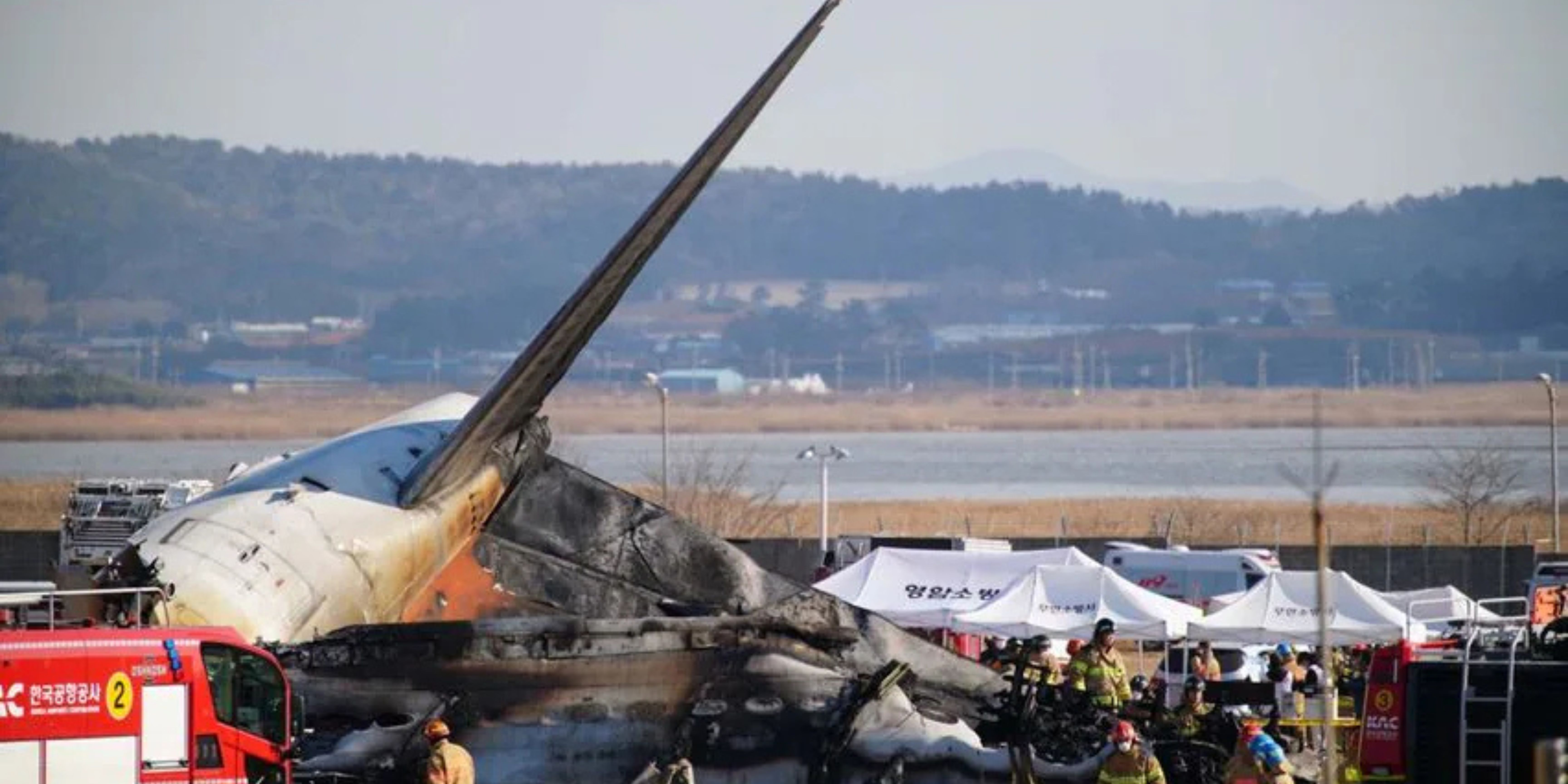

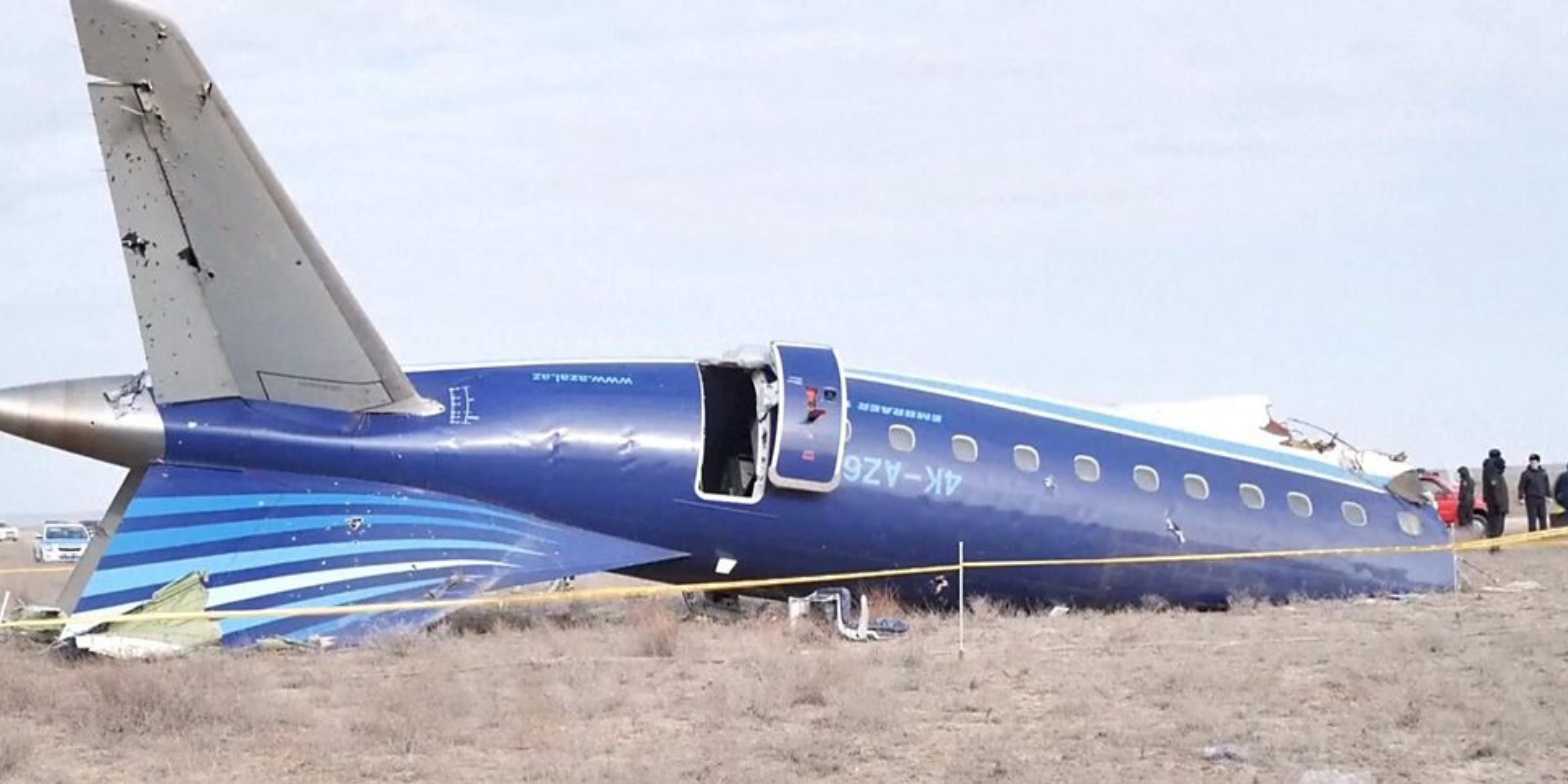



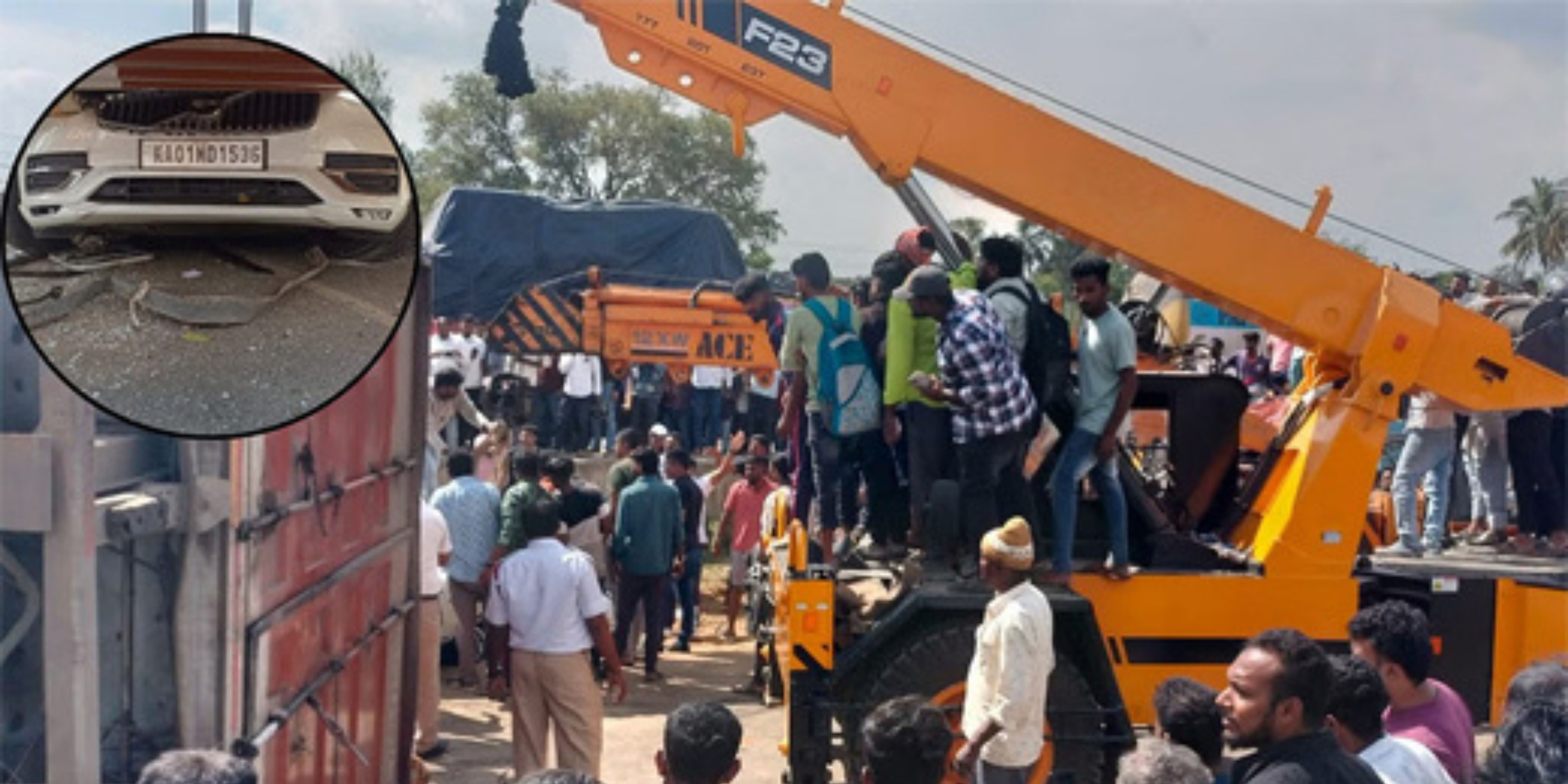


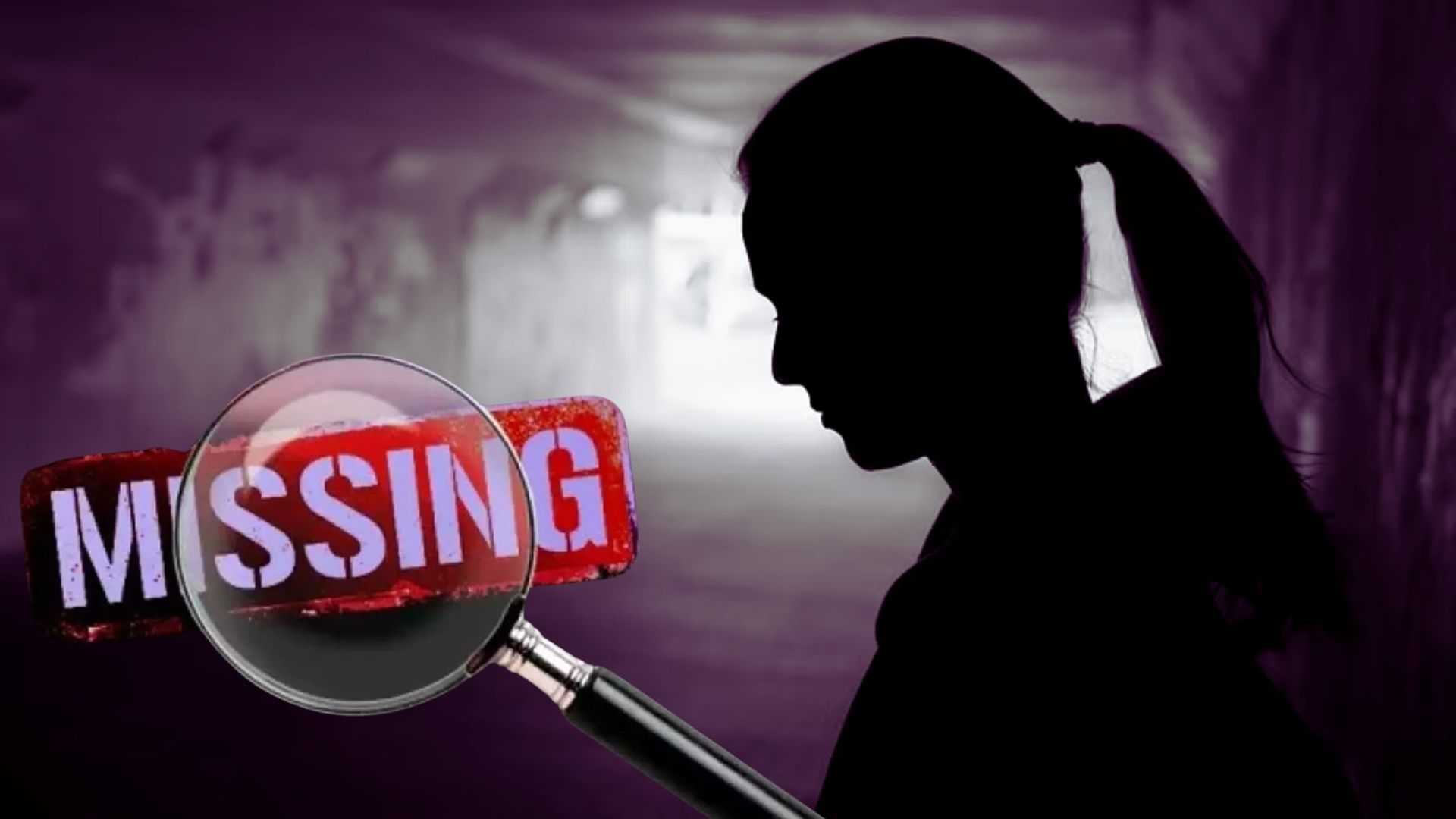



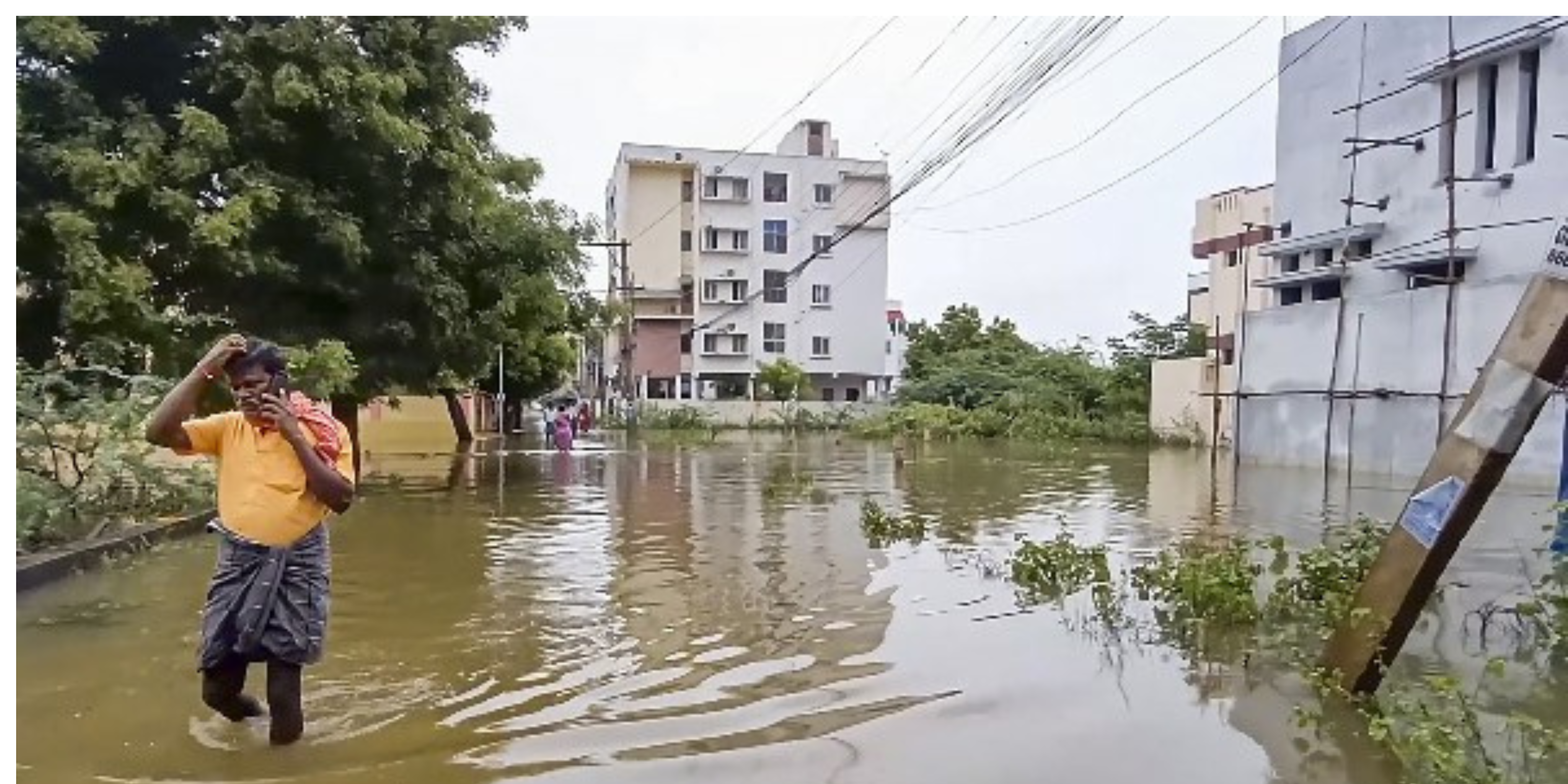
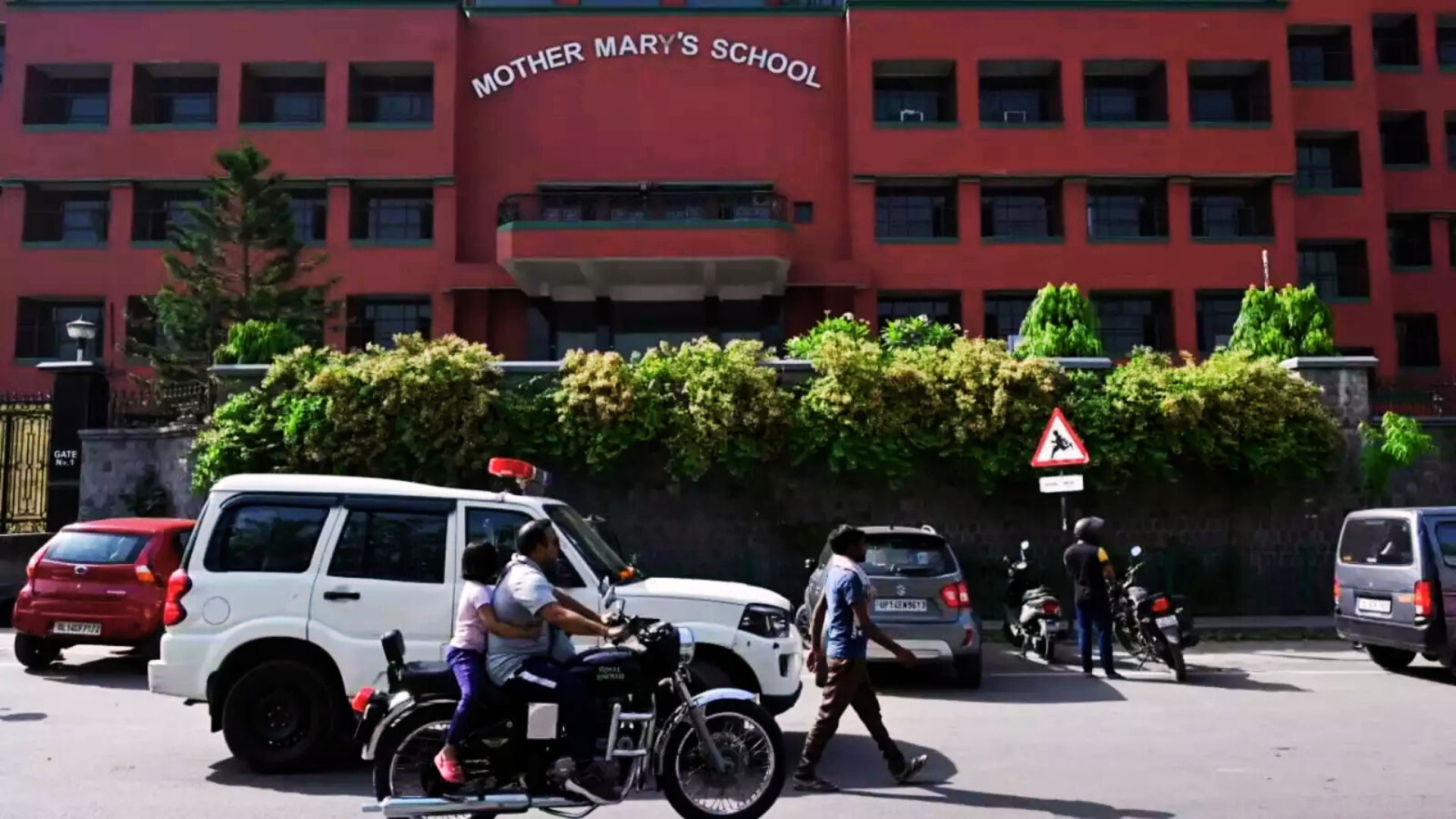
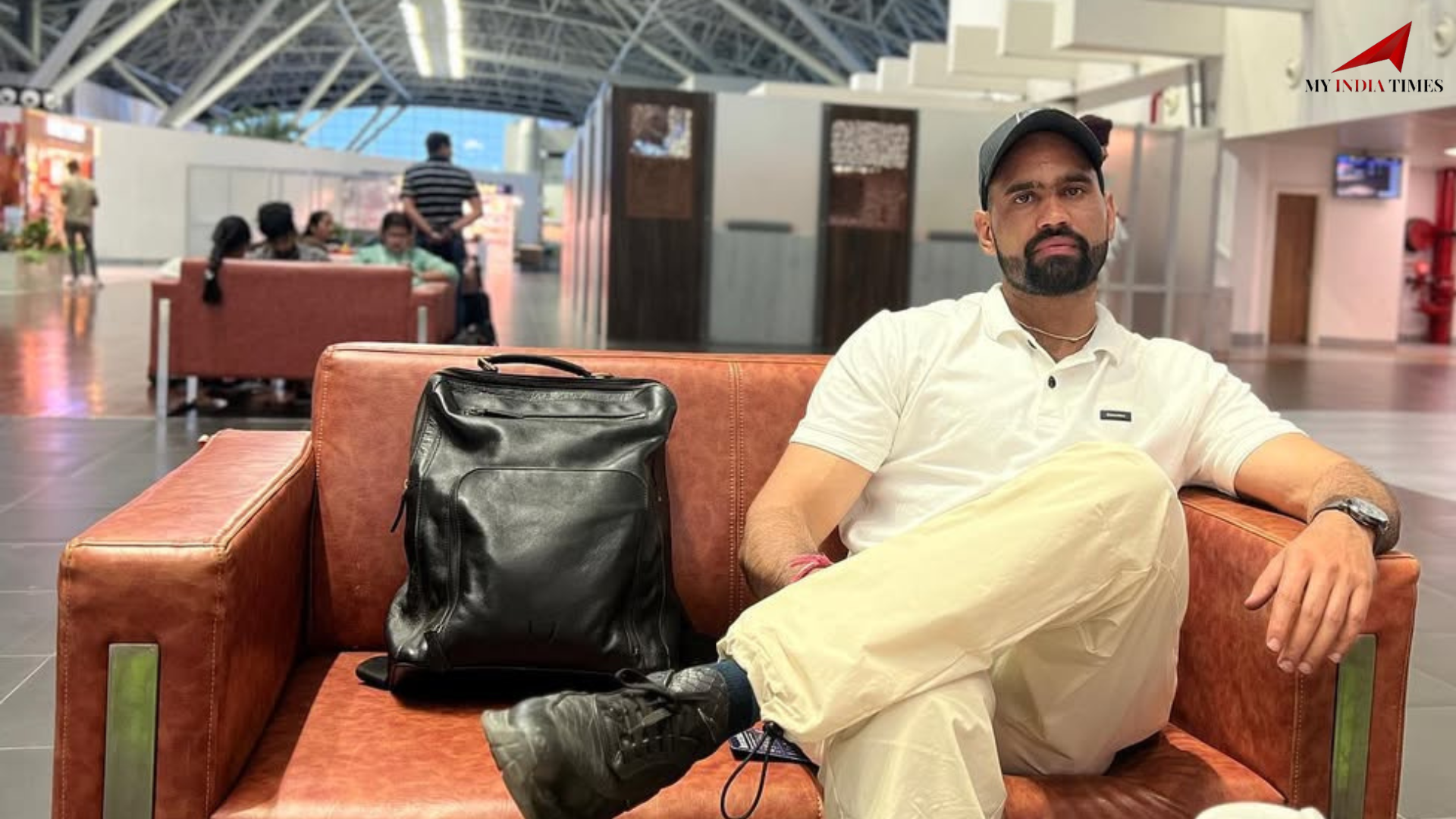




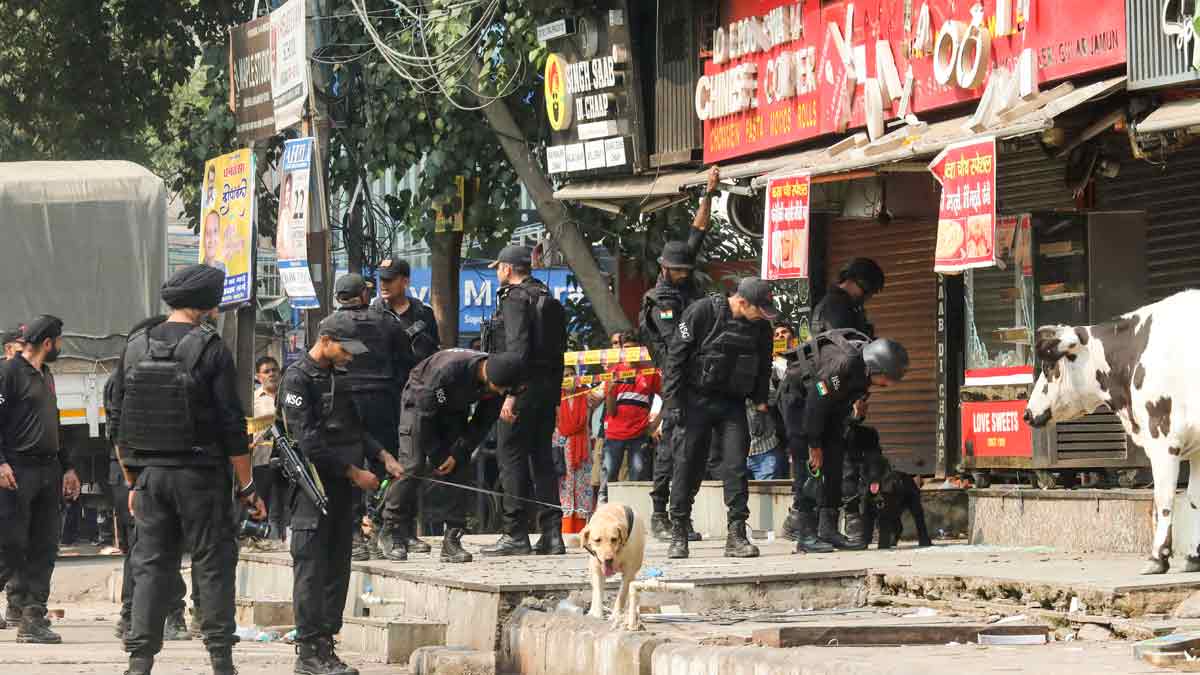
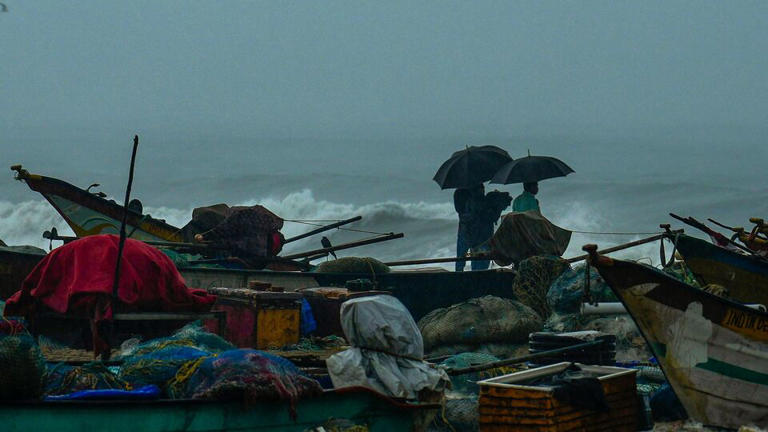


.png)
 (1).png)





